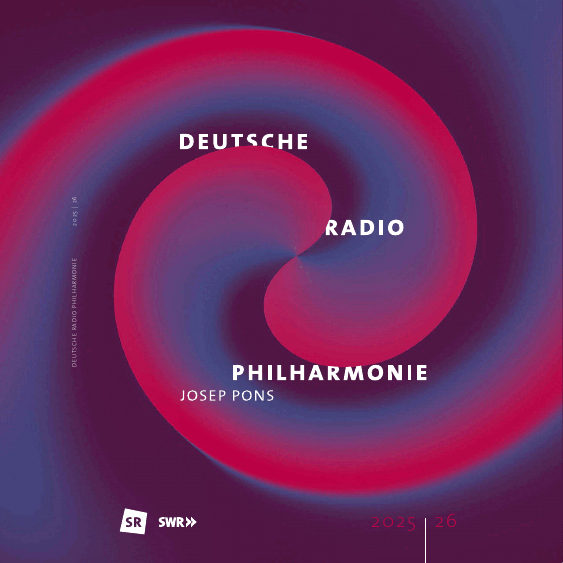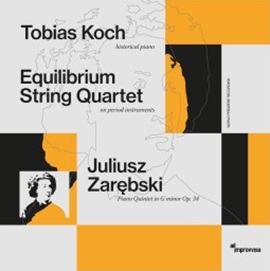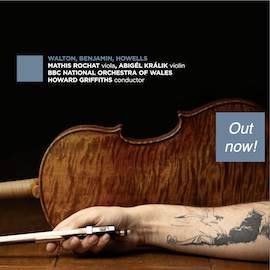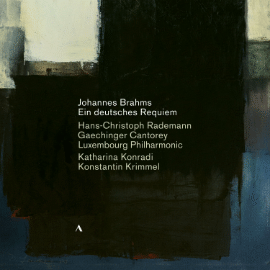Wolfram Schmitt-Leonardy beginnt sein Programm mit einer alerten und fein nuancierten Interpretation der 18. Sonate von Beethoven, jener mit dem Untertitel ‘Die Jagd’.
Das sehr klare und detailreiche Spiel, das in der Sonate gefällt, prägt auch die Bagatellen op. 33, die fein und rhetorisch differenziert werden.
Die 31. Sonate spielt der Pianist im ersten Satz feinfühlig und unaufdringlich. Das molto moderato nimmt er sehr ernst. Der zweite Satz ist beschwingt und fast tänzerisch elegant, gleichwohl aber kontrastreich. Im Adagio-Teil des dritten Satzes bleibt er expressiv, um dann die Fuge sehr souverän zu gestalten.
Die Bagatellen op. 126 entstanden 1823 und 1824, etwa zur gleichen Zeit wie die Neunte Symphonie und die letzten drei Klaviersonaten. Der Zyklus ist viel ernster als die vorangegangen Bagatellen. Schmitt-Leonardy unterstreicht die meditative Qualität der Musik sehr schön und beendet so ein hochwertiges Beethoven-Album.
Wolfram Schmitt-Leonardy opens his programme with an alert and finely nuanced performance of Beethoven’s 18th Sonata, subtitled ‘The Hunt’.
The clear, detailed performance that makes the sonata so appealing also characterizes the finely and rhetorically differentiated Bagatelles, Op. 33. The pianist plays the first movement of the 31st Sonata with sensitivity and restraint. He takes the Molto moderato very seriously. The second movement is lively and almost dance-like in its elegance, yet rich in contrast. In the Adagio section of the third movement, he remains expressive, before shaping the fugue with great confidence.
The Bagatelles, Op. 126, were composed in 1823 and 1824, around the same time as the Ninth Symphony and the last three piano sonatas. The cycle is much more serious than the previous bagatelles. Schmitt-Leonardy beautifully emphasizes the meditative quality of the music, thus concluding a high-quality Beethoven album.























